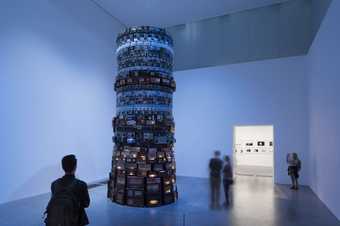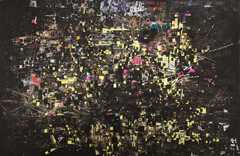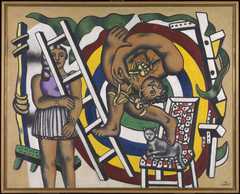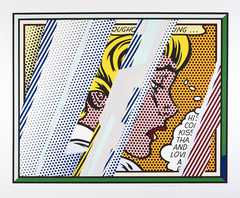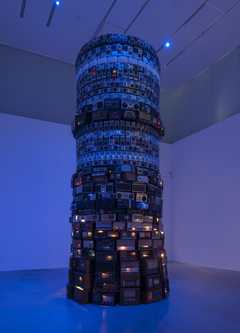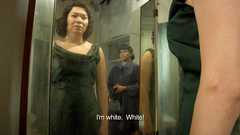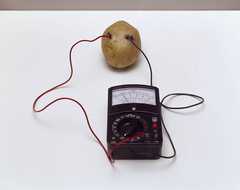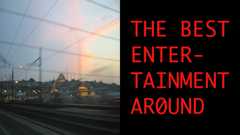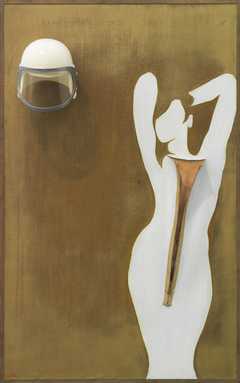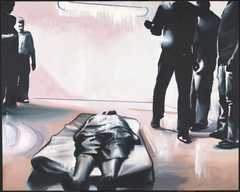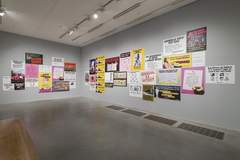Free Display
Media Networks
See how artists in Tate’s collection have responded to the impact of mass media
Look at some of the ways in which artists over the past hundred years have responded to the impact of mass media and the ever-changing technologies that shape our world.
Including a diverse range of techniques and materials – from posters and paint to analogue and digital technology – the display raises questions around feminism, consumerism and the cult of celebrity.
12 rooms in Media Networks
Highlights
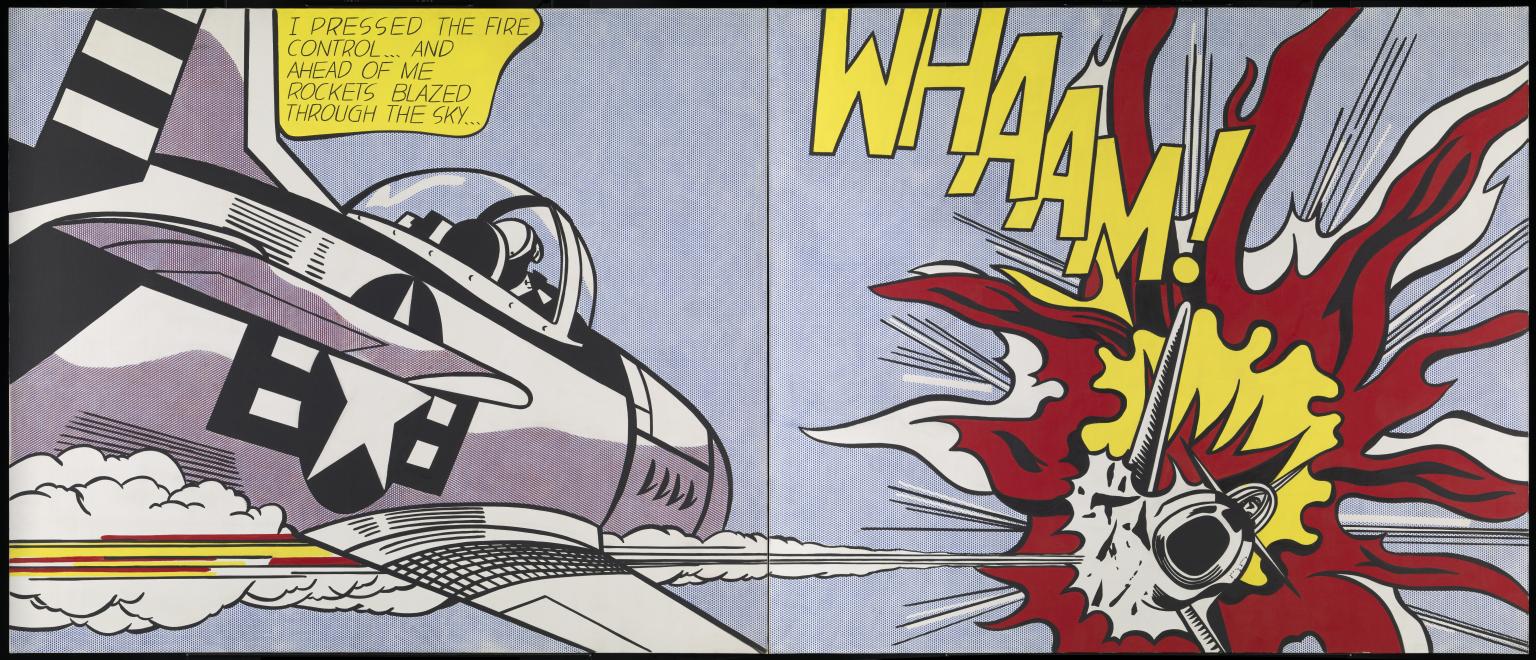
Roy Lichtenstein
Whaam!
1963
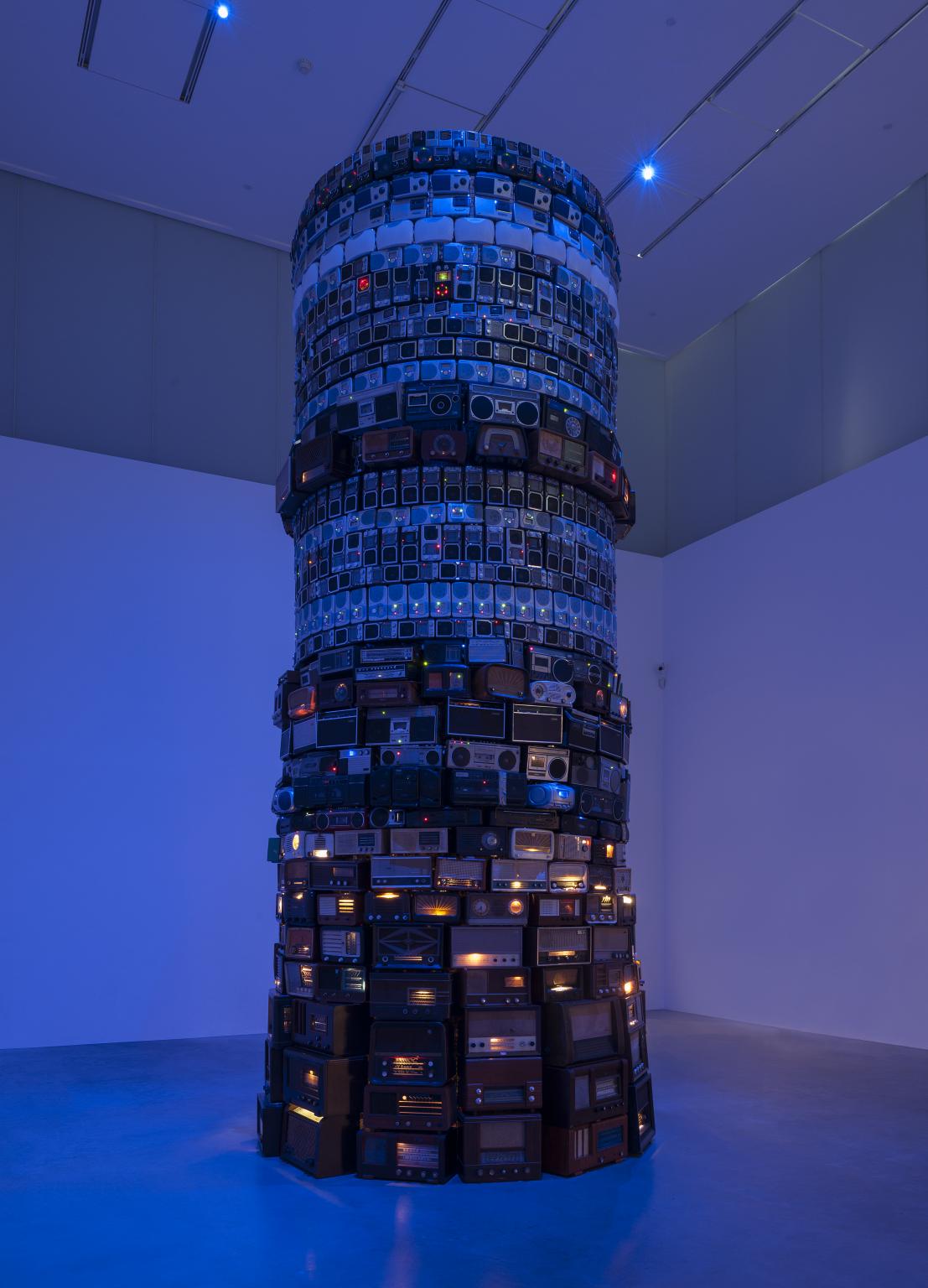
Cildo Meireles
Babel
2001
![P79607: [no title]](jpg/p79607_10.jpg)
León Ferrari
[no title]
2001, reproduced 2007
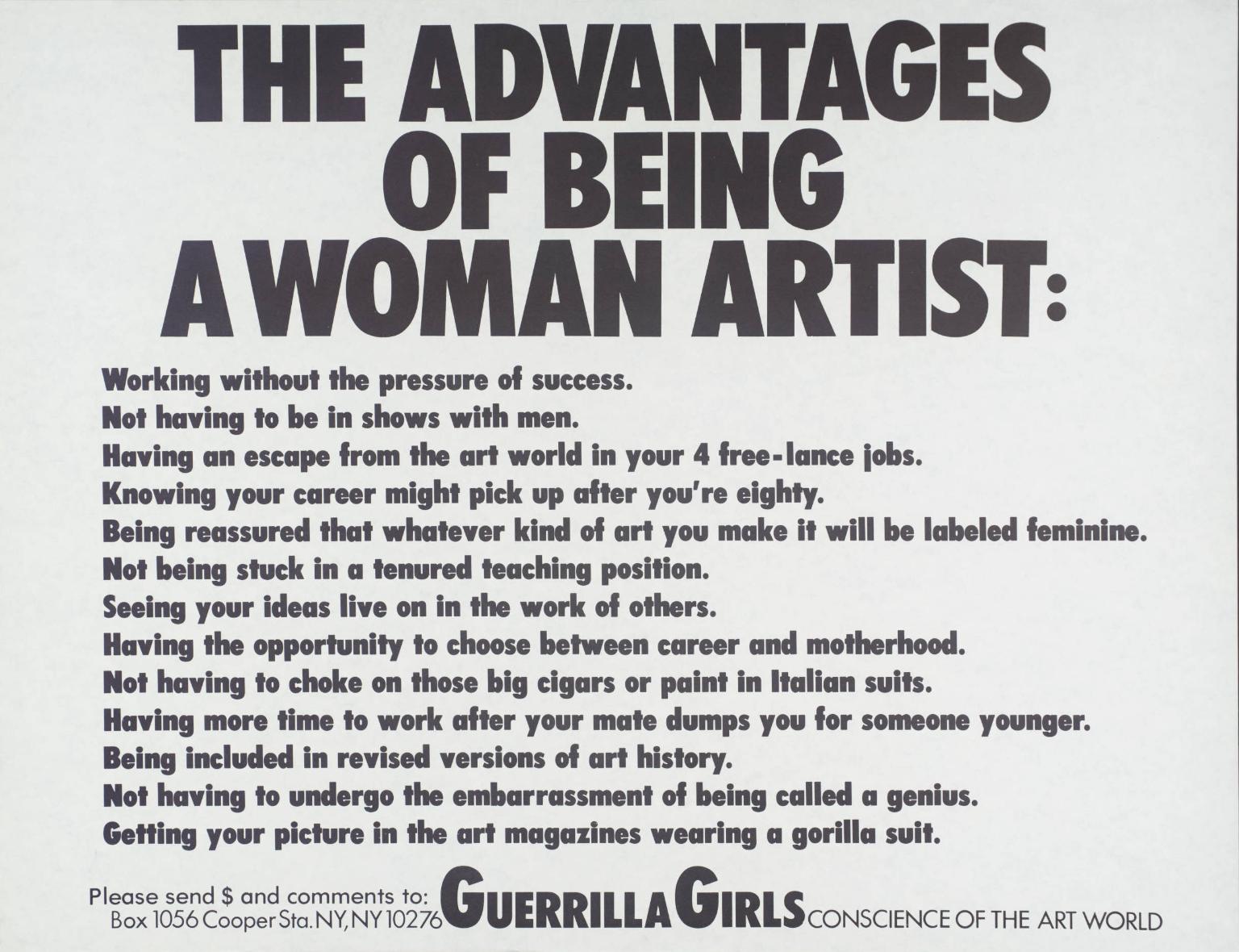
Guerrilla Girls
The Advantages Of Being A Woman Artist
1988

